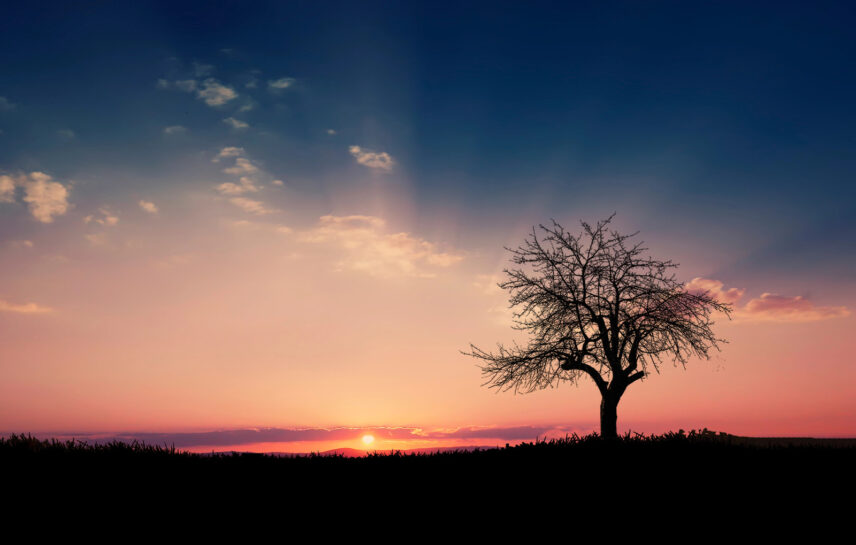
Skip to Section
- 1 The Art of Capturing Moments
- 2 Understanding Your Equipment Cameras, Lenses, and Accessories
- 3 Mastering the Basics Composition, Lighting, and Focus
- 4 Exploring Different Types of Portrait Photography, Landscape, Wildlife and More
- 5 Photography Basics: Tips for Beginners
- 6 Fundamental Camera Settings and Shutter Speed, Aperture and ISO
- 7 The Importance of Post-Processing Enhancing Your Photos
- 8 The Future of Photography Trends and Technologies to Watch
- 9 Conclusion Embracing the Journey of Photography
Photography is more than just pressing a button—it’s about capturing the essence of a moment and preserving it for eternity. Whether you’re documenting a breath-taking sunset or a child’s first steps, photography allows you to become a storyteller, weaving narratives through visuals. This introduction into photography will hopefully help to guide you through the basics and helping you improve your skills.
The Art of Capturing Moments
I must admit I am an armature when it comes to capturing still photography. Timelapse photography I understand but still life is another story.
There is something to be said about capturing a moment in time, freezing it for eternity. Photography allows us to reflect on the past and appreciate the present in a whole new light. With each click of the shutter, we are able to capture moments that would otherwise slip away into our memories.
My experience of star and landscape photography so far…
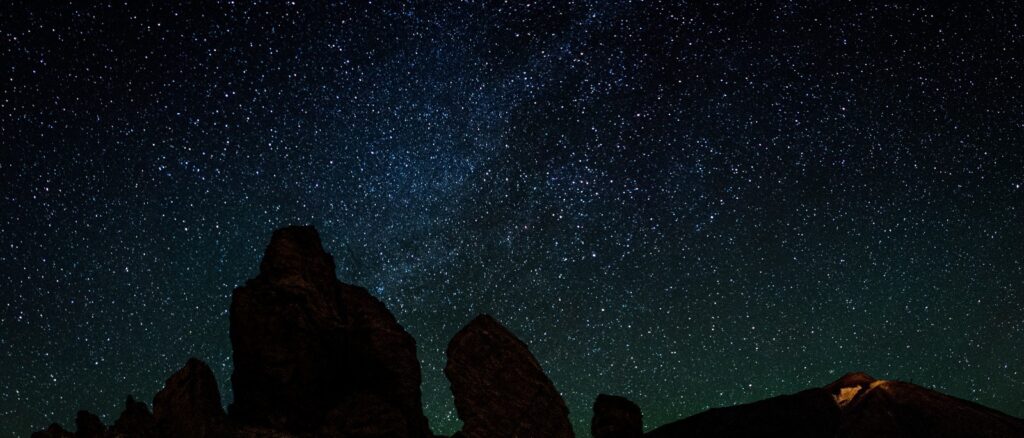
I am at the beginning of my latest hobby after a recent holiday to Tenerife where I decided to hire a car and drive up into the volcanic mountain of Teide (3,715m) to capture some star photography.
We went up in the daytime to find the best locations and as they do star gazing trips there are a few options to choose from.
I set off from the hotel at 11pm and got back at 3:30am, as this was the time the sky would be at it’s darkest, it was absolutely freezing, -2 near the top but felt like -6 which I was not prepared for with it being 28+ degrees at the bottom. However on reflection and taking time to read others experiences the optimal time for star photography is actually just after sunset.
I chose my location, set up my camera and started shooting…
My post production photo above could have been worse but it made me realise how much I am yet to learn about the art of capturing an amazing photograph so thought I would share some insights on here for anyone else who is new to still landscape photography or even portrait photography.
Understanding Your Equipment Cameras, Lenses, and Accessories
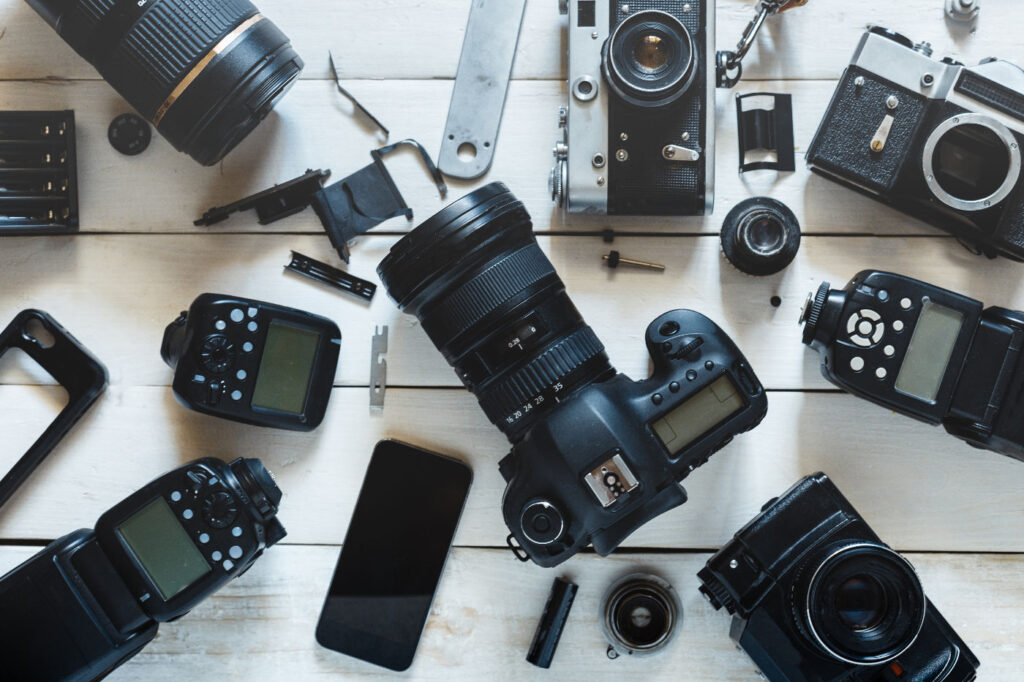
Before you can capture breath-taking images, it’s crucial to familiarize yourself with your photography equipment.
Camera: The type of camera you choose can significantly impact the quality of your photos. While entry-level DSLRs and mirrorless cameras are popular among beginners, smartphone cameras have also evolved to offer impressive capabilities.
Lenses: play a vital role in photography by determining the field of view and depth of field. A versatile zoom lens is a great starting point, allowing you to experiment with various focal lengths. Over time, you may want to invest in a prime lens for sharper images or a wide-angle lens for landscape photography, this is what I am thinking of purchasing for my next venture. Interchangeable lenses also allow you to upgrade your equipment without purchasing a new camera body
Accessorises: In addition to cameras and lenses, several accessories can enhance your photography experience. A sturdy tripod ensures stability for long-exposure shots, while filters can help control light and add creative effects to your images. Understanding how to use these tools effectively will elevate your photography game.
Camera’s Memory: Make sure you have plenty of memory cards to store your images. It’s always better to have more than one card in case something happens to the first one, and you lose all your photos.
Camera Equipment Maintenance: To keep your equipment in top condition and extend its lifespan, it’s essential to regularly clean and properly store your camera, lenses, and accessories. Be mindful of handling delicate equipment with care to avoid damage.
Mastering the Basics Composition, Lighting, and Focus
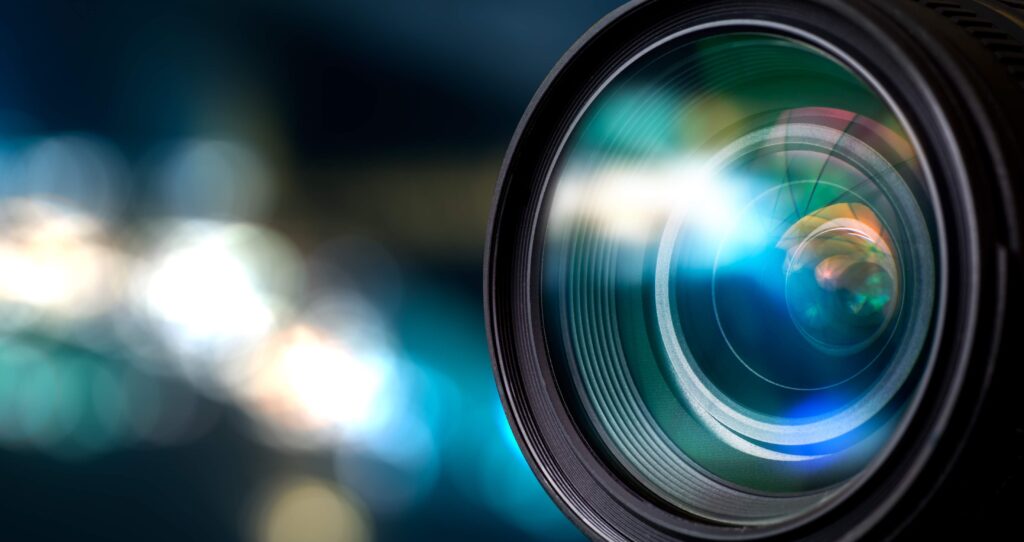
To take truly captivating photos, it’s essential to master the basics of composition, lighting, and focus.
Composition refers to the arrangement of elements within a frame, guiding the viewer’s eye and creating balance. The rule of thirds is a fundamental principle, dividing the frame into nine equal parts and positioning the subject along these lines for a more dynamic shot.
Lighting is another critical aspect of photography, as it can dramatically alter the mood and atmosphere of an image. Natural lighting is often the most flattering, so try to shoot during the golden hour—the period just after sunrise or before sunset. Experimenting with different lighting conditions will help you understand how to manipulate light to your advantage.
Focus is essential for creating sharp, clear images. Depending on your subject, you may need to adjust your camera’s focus settings, such as using continuous autofocus for moving subjects or manual focus for more precise control. Practicing these techniques will help you develop a keen eye for detail and elevate your photography skills.
Night time photography is a different ball game all together when everything you learn in the day needs adapting for night time so don’t be put off if it doesn’t go right the first few times, just keep trying.
Exploring Different Types of Portrait Photography, Landscape, Wildlife and More

Photography is a versatile art form, encompassing various genres that cater to different interests and skills.
Portrait photography focuses on capturing the essence of a person, often evoking emotions and conveying a story. It requires an understanding of lighting, posing, and composition to create compelling images that reflect the subject’s personality.
Landscape photography, on the other hand, is about capturing the beauty of the natural world. It involves an appreciation for the environment and the ability to find unique perspectives that showcase the grandeur of a scene. Patience is essential, as you’ll often need to wait for the perfect lighting conditions to capture breath-taking shots.
Wildlife photography offers a thrilling challenge, as it requires patience, stealth, and an understanding of animal behaviour. Capturing fleeting moments in nature demands quick reflexes and the ability to adapt to changing conditions. Each genre presents its unique challenges, allowing photographers to explore their creativity and hone their skills.
Sports Photography is another popular genre, requiring fast shutter speeds and the ability to anticipate action for capturing those split-second moments. Documentary photography tells a story through images, while food photography showcases the art of styling and presentation.
Street Photography offers an opportunity to capture candid moments and street scenes, while aerial photography provides a unique perspective from above. With so many genres to explore, there’s something for everyone in the world of photography.
Photography Basics: Tips for Beginners
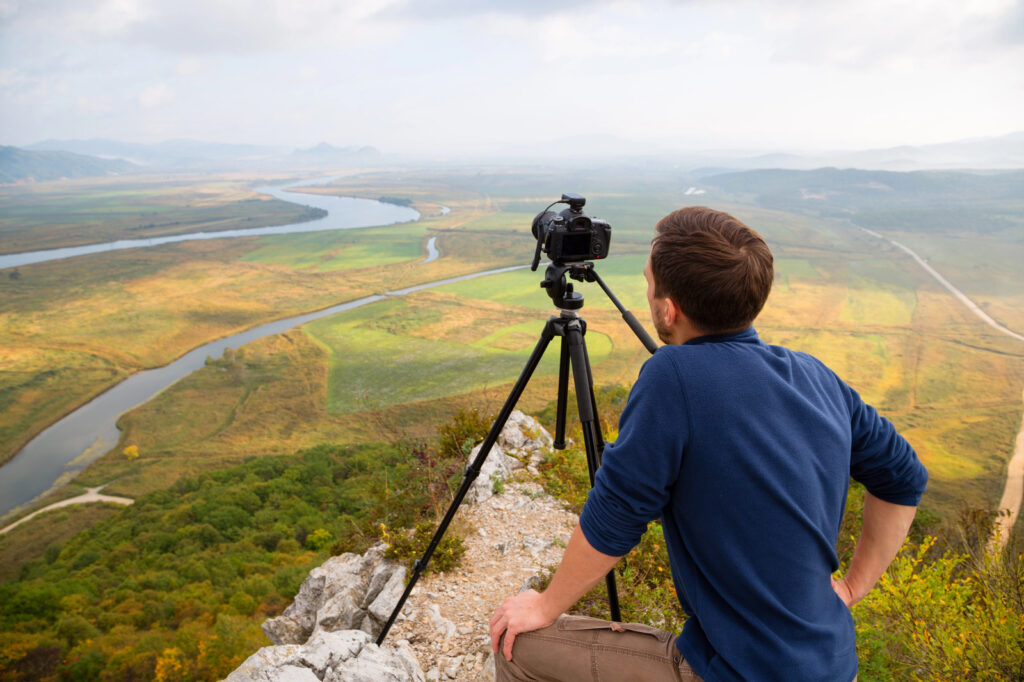
Improving your photography skills takes time, practice, and dedication.
- One of the best ways to learn is by experimenting with different techniques and styles. Don’t be afraid to step out of your comfort zone and try new approaches to see what works best for you.
- Another valuable tip is to study the work of renowned photographers. Analyse their compositions, lighting, and storytelling techniques to gain inspiration and insights into their creative process.
- Joining photography clubs or online communities can also provide feedback, encouragement, and opportunities to learn from others.
- Finally, remember that practice makes perfect. Set aside time to shoot regularly, even if it’s just a few minutes each day.
The more you practice, the more comfortable you’ll become with your equipment and the better your skills will develop.
Fundamental Camera Settings and Shutter Speed, Aperture and ISO
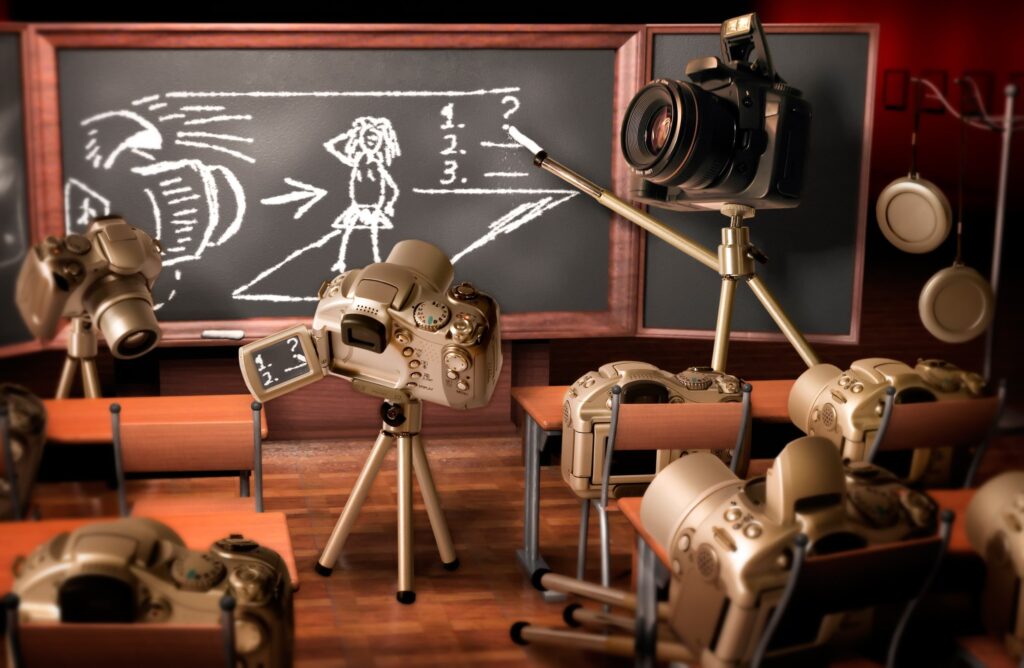
Knowing how to adjust your camera settings is crucial for capturing the best possible images.
Three key camera settings to understand are Shutter speed, Aperture, and ISO.
- Shutter speed refers to how long the shutter remains open when taking a photo. A fast shutter speed (1/500 or higher) freezes motion, while a slower shutter speed (1/60 or lower) can create motion blur. Experimenting with different shutter speeds will help you create dynamic shots and convey movement in your images.
- Aperture controls how much light enters the camera and affects depth of field. A wider aperture (lower f-stop number) creates a shallow depth of field, blurring the background and drawing focus to the subject. On the other hand, a smaller aperture (higher f-stop number) increases depth of field, keeping more elements in focus.
- ISO determines your camera’s sensitivity to capturing light. A higher ISO is useful in low-light situations but can introduce digital noise into your images. A lower ISO produces cleaner images but requires more light to capture a well-exposed photo.
Remote Shutter Releases are also beneficial for long exposure shots, as they eliminate camera shake caused by manually pressing the shutter button.
The Importance of Post-Processing Enhancing Your Photos
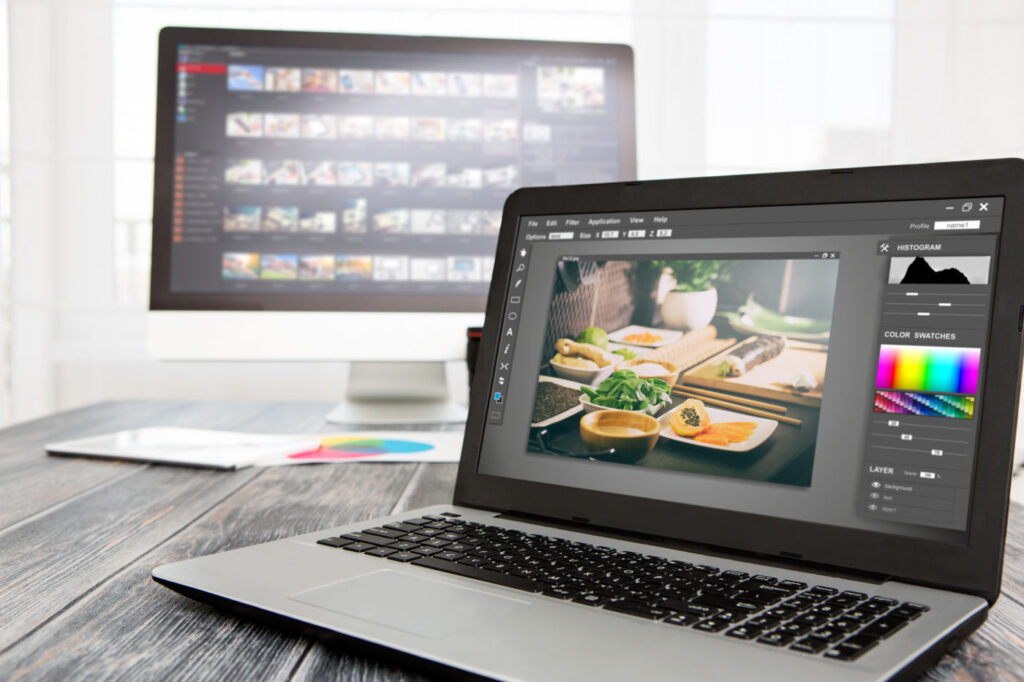
Post-processing is an essential aspect of modern photography, allowing you to refine and enhance your images.
While it’s crucial to capture a well-composed photo initially, photo editing software can help you bring out the full potential of your shots. Programs like Adobe Lightroom and Photoshop offer powerful tools for adjusting exposure, contrast, colour balance, and more.
When photo editing, it’s essential to maintain a balance between enhancing your image and preserving its natural look. Over-editing can detract from the authenticity of a photo, so aim for subtle adjustments that highlight your subject’s best features. Developing a consistent editing style will help create a cohesive aesthetic for your portfolio.
Post-processing is also an opportunity to experiment with creative effects, such as:
- Black-and-White Conversion: Converting a colour photo to black and white can add drama and emotion, emphasizing contrast and textures.
- HDR (High Dynamic Range): Combining multiple exposures of the same scene can create an image with greater tonal range, highlighting both bright and dark areas.
- Panorama Stitching: Merging several images together can produce a wide-angle view of a landscape or cityscape that a single lens cannot capture.
- Vignettes: Adding a dark or light vignette around the edges of an image can draw attention to the subject and create a dreamy or dramatic atmosphere.
- Selective Colour Adjustments: Highlighting specific colours in an image while desaturating others can add a pop of vibrancy or create a more subdued mood.
These techniques can add a unique touch to your images and help you develop your artistic signature.
The Future of Photography Trends and Technologies to Watch
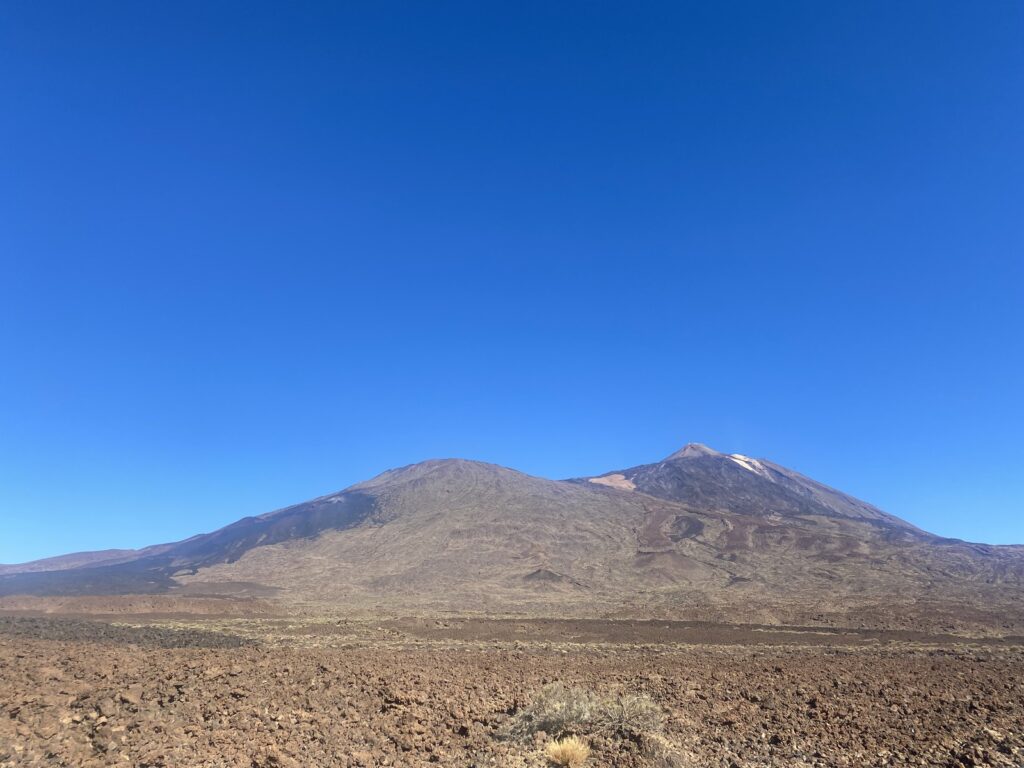
Smartphone picture of Mount Teide
The world of photography is constantly evolving, with new trends and technologies shaping the way we capture and share images.
- One such trend is the rise of smartphone photography, as advancements in mobile technology enable users to create stunning images with minimal equipment.
- Augmented reality (AR) and virtual reality (VR) are also making their mark, offering immersive experiences that merge the physical and digital worlds.
- AI-powered editing tools are becoming increasingly popular, simplifying the post-processing workflow and enabling photographers to focus on their creative vision. These tools can identify patterns, suggest edits, and even generate entirely new images based on existing data.
- Another exciting development is the growing emphasis on sustainability within the photography industry. Photographers are increasingly mindful of their environmental impact, choosing eco-friendly equipment and practices to minimize waste and reduce their carbon footprint.
Conclusion Embracing the Journey of Photography
Photography is a rewarding and fulfilling art form that allows you to capture life’s moments and share your unique perspective with the world. By understanding your equipment, mastering the basics, and exploring different genres, you’ll develop the skills and confidence needed to create compelling images.
I hope this post can help and inspire you to get out there and try it for yourself. I will do my best to keep you updated on my personal journey along the way. Thanks for reading 🙂
No Comments yet!